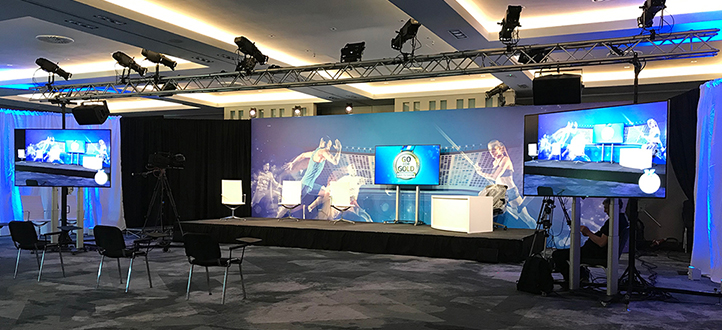Illuminating the Impact of Illumination Methods on the Art of Video Projections Mapping Techniques
Illuminating the Impact of Illumination Methods on the Art of Video Projections Mapping Techniques
Blog Article
Motion projection mapping is an innovative art medium that combines tech and innovation to transform common surfaces into remarkable visual exhibits. This technique entails projecting graphics and videos onto 3D objects, such as structures, sculptures, or platforms. One of the most crucial factors in producing effective projection in the use of effective illumination techniques. Proper illumination enhances the aesthetic elements of the display and ensures that the visuals are clear and captivating. This article examines the impact of illumination techniques on motion projection and how they can elevate the complete experience.
Illumination plays a crucial role in video projection because it establishes the atmosphere and feel of the display. Different lighting techniques can evoke various feelings and responses from the viewers. For example, using soft, cozy illumination can create a inviting environment, while vivid, cool illumination may create a more energetic or intense impact. By thoughtfully choosing illumination hues and intensities, artists can manipulate how viewers perceive the displayed visuals, leading to a more immersive experience. The balance between projection luminance and ambient illumination is essential, as it can significantly affect the visibility and effect of the visuals.
In addition, hue and brightness, the angle of illumination also affects the effectiveness of projection. Lighting from different angles can create shadows and highlights that add dimension to the mapped visuals. This technique, known as chiaroscuro, can enhance the 3D quality of the subjects being projected. Additionally, using dynamic illumination can introduce energy to the exhibit, making the encounter more involving for the viewers. When the illumination collides with the mapped images, it immersive projection experiences can create an effect of motion and transformation, capturing the viewers' attention.
Another essential aspect of lighting in projection is the use of special effects. Techniques such as gobo lighting, which uses patterns and shapes to filter light, can add texture and complexity to the projections. This method enables creators to superimpose visuals and produce aesthetically captivating results that enhance the mapping. Additionally, incorporating lasers or LED illumination can further improve the display, offering a unique blend of visual elements that draw the viewers in. These special effects, when used thoughtfully, can elevate the projection beyond a basic display to an engaging piece of creativity.
In summary, the influence of illumination methods on motion mapping is significant. By comprehending how various illumination elements interact with projected images, artists can produce enthralling encounters that connect with audience. The careful selection of color, intensity, angle, and unique features allows for a vivid tapestry of sight storytelling. As tech advances to evolve, the possibilities for creative expression in projection will only grow, making illumination an More Info increasingly vital aspect in this progressive creative form.